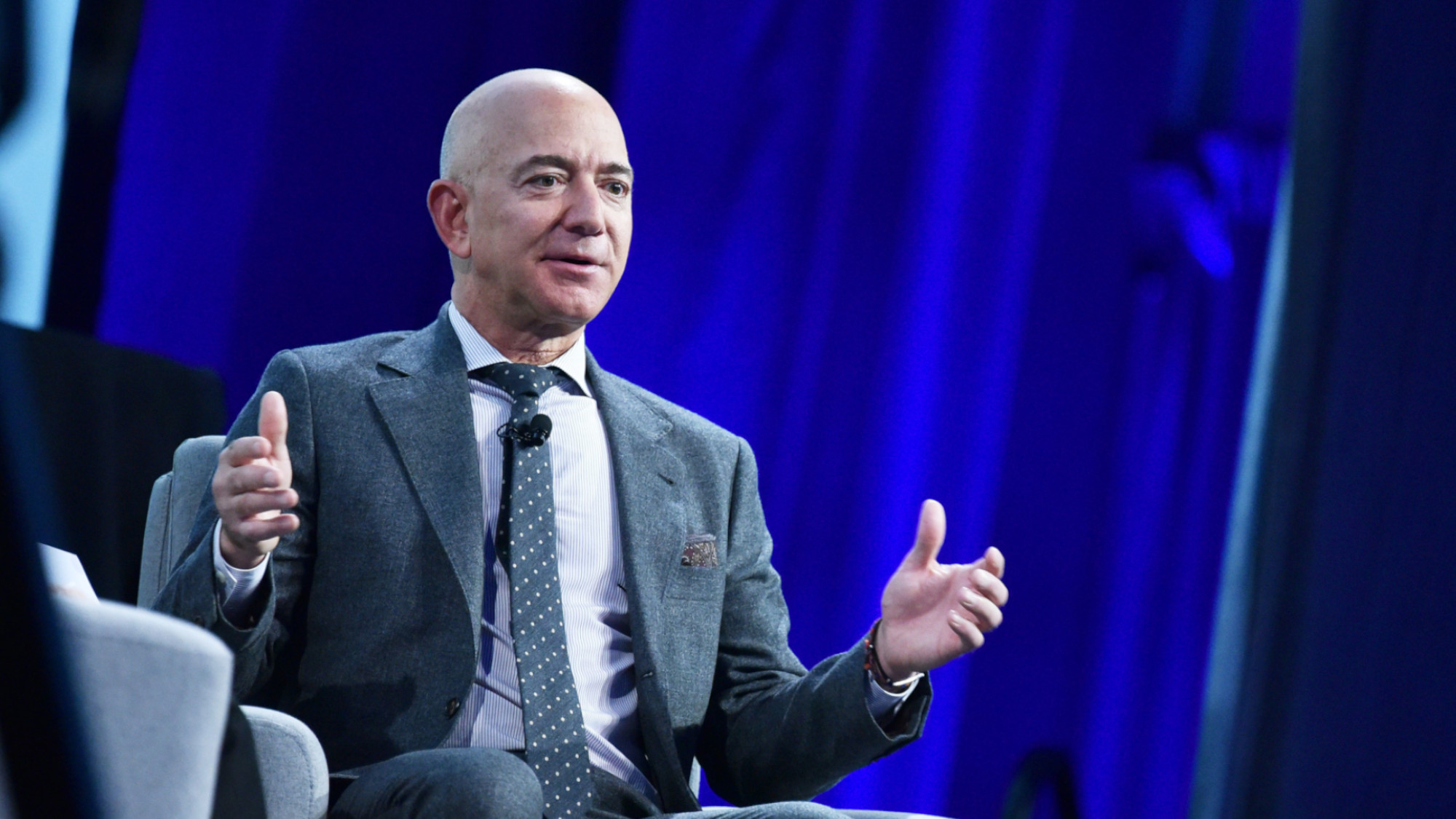From book sales to cloud market dominance: 30 years of Amazon have come and gone in a flash
The tech giant now has its fingers in a multitude of pies since launching in 1995

Amazon is synonymous with online retail in 2025, dominating the industry and raking in billions in sales on a daily basis. But it hasn’t always been that way.
From humble beginnings in Jeff Bezos’ garage - which the tech giant recreated in 2023 - Amazon’s route to ascendancy has seen the company reinvent itself multiple times and branch out to become a true corporate behemoth.
While the company was founded in July 1992, it didn’t officially launch until just over a year later, opening initially as an online marketplace for books.
In fact - the first book sold on the marketplace was Fluid Concepts and Creative Analogies: Computer Models of the Fundamental Mechanisms of Thought by author Douglas Hofstadter.
The purchase was made by computer scientist John Wainwright as part of a beta test of the site three months earlier.
So why books of all things? According to a “lost” interview with Jeff Bezos in 1997, the Amazon founder said books had an “incredibly unusual benefit” that made them a perfect first foray into the world of online retail - the sheer global volume.
“There are more items in the book category than there are items in any other category by far,” Bezos said. “Music is number two. There are about 200,000 active music CDs at any given time.”
Sign up to the TechRadar Pro newsletter to get all the top news, opinion, features and guidance your business needs to succeed!
“But in the book space, there are over three million different books worldwide active in print at any given time across all languages and more than 1.5 million in English alone,” he added.
During the famous resurfaced interview, Bezos noted because online shopping was still in its infancy, this allowed the company to “build a store online that couldn’t exist in any other way.
“If you can do things using a more traditional method, you probably should do them using the traditional method.”
Notably, he revealed it was “moving forward in so many different areas”, hinting at future expansion into other retail domains.
Onwards and upwards for Amazon
In the years following that interview, Amazon grew significantly, expanding its offerings for customers and capitalizing on the growing appeal and convenience of shopping online.
The company survived the dotcom bubble burst in 2001, consolidating its position in the industry and driving sales. In the fourth quarter of that year, the company recorded its first quarterly profit - but its first full-year profit wouldn’t come until 2003.
Amazon’s reach wasn’t restricted to online shopping, however, and it has pursued an aggressive mergers and acquisition strategy at times, snapping up firms including Twitch, Whole Foods, Ring, and One Medical.
2014 saw Amazon’s first major foray into the consumer electronics market with the launch of the Fire Phone, which TechRadar described at the time as “last year's biggest smartphone flop” for its poor UI and high price tag.
Its biggest - and most successful - move in the technology space came in the form of Amazon Web Services (AWS), however.
Since launching in 2006, AWS established itself as the dominant player in the cloud infrastructure space, commanding a huge share of the global market and traditionally eclipsing key competitors such as Microsoft and Google Cloud.
Q1 2025 saw AWS command a 30% share of the global cloud computing market, according to figures from Statista, but its dominance in the domain has shown signs of weakness in recent years, with Microsoft in particular gaining ground over the last 18 months.
You might also like
Ross Kelly is News & Analysis Editor at ITPro, responsible for leading the brand's news output and in-depth reporting on the latest stories from across the business technology landscape.
You must confirm your public display name before commenting
Please logout and then login again, you will then be prompted to enter your display name.